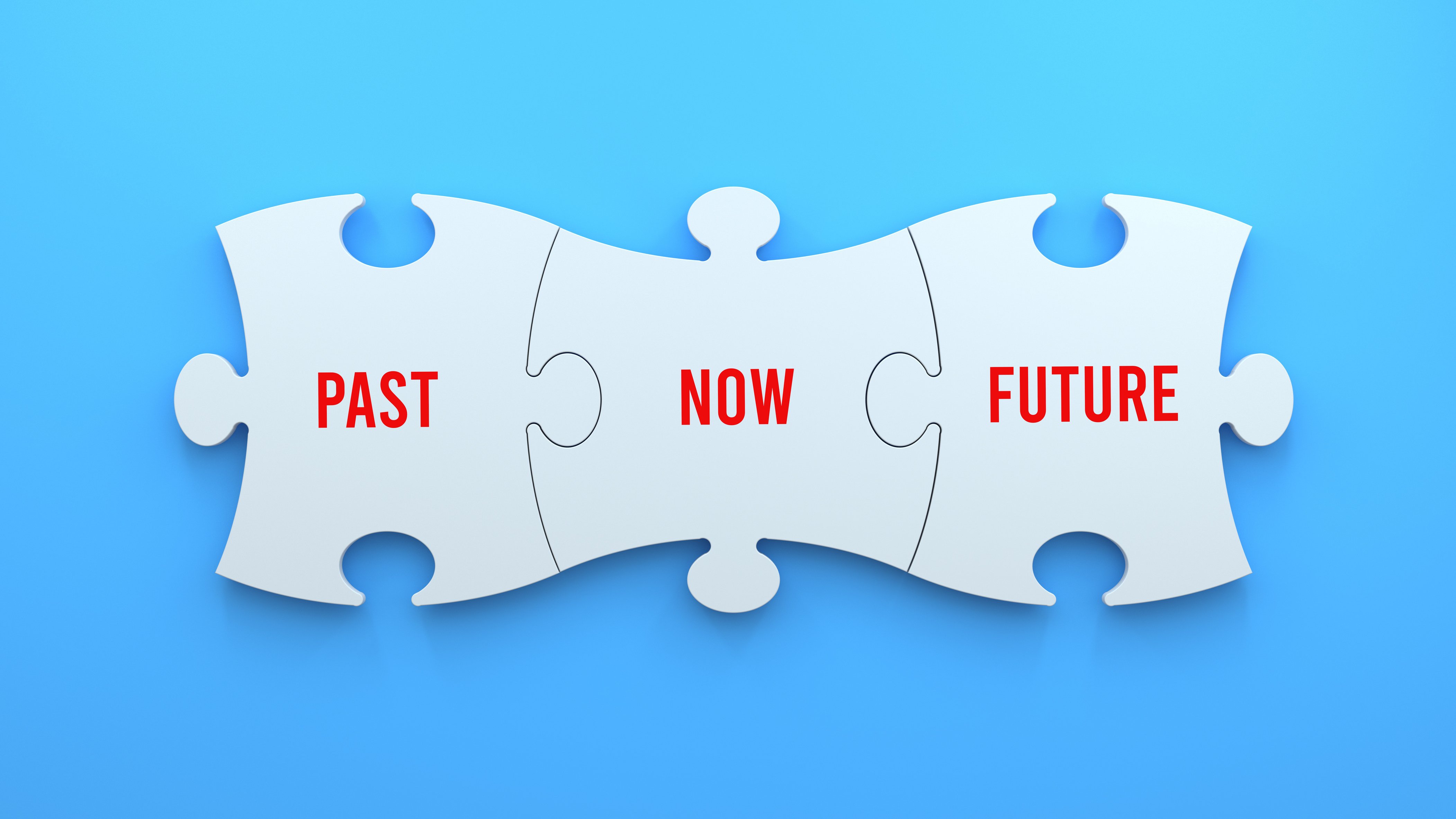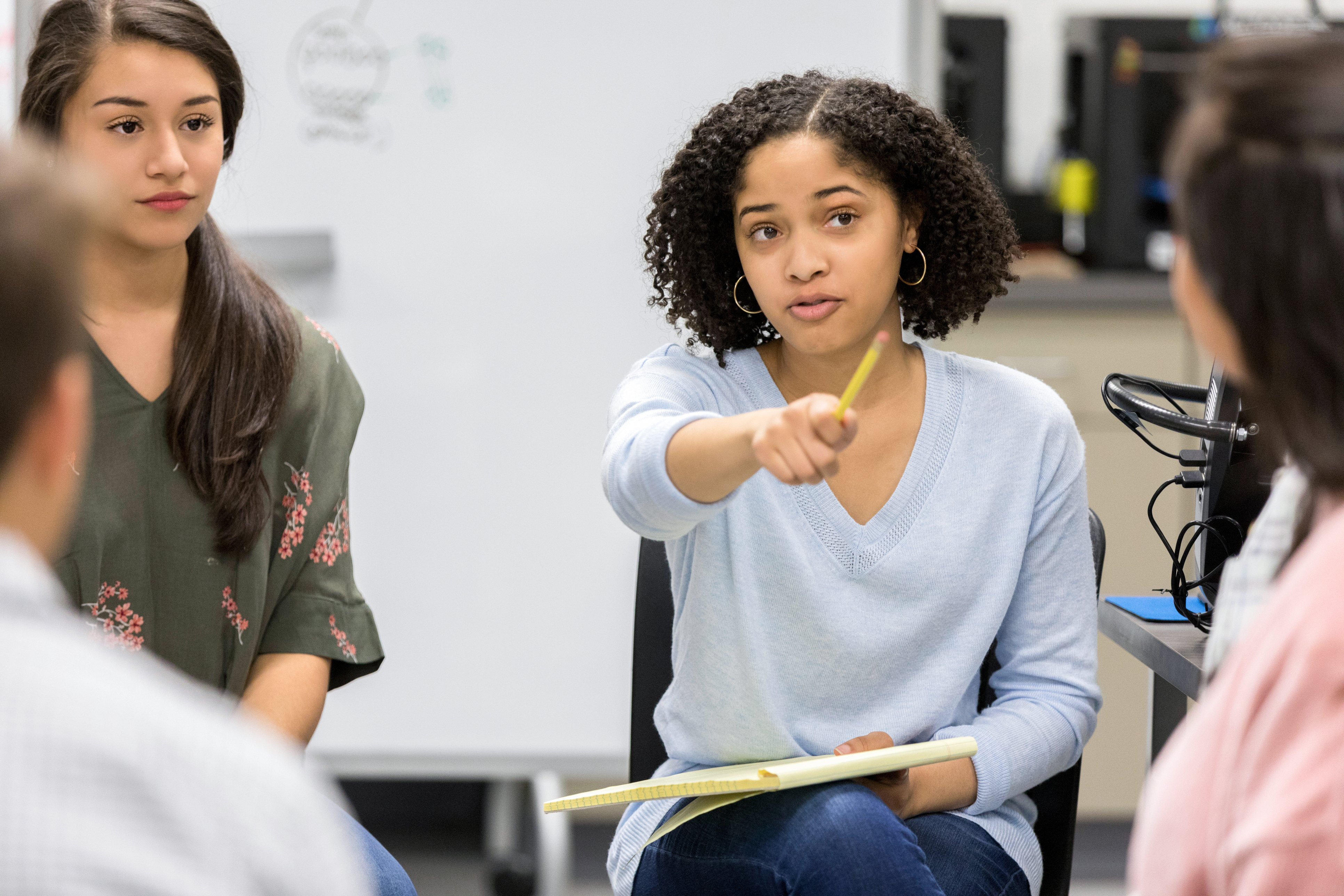
There is a quote by Tony Robbins that resonates with me when teaching: “the path to success is to take massive determined actions.” As an educator, this gives me several things to think about and question during instructional planning.
- Am I preparing my 21st-century learners to one day be informed, engaged, and action-taking citizens?
- Do my students even know how to take action on an issue?
- What would my administration, or even the parents, say if I had my students take action on a concept?
As a social science teacher, it is my job to help students understand what happened in the past and how it can inform their decisions moving forward. It makes me stop and think: What does this mean for me when I am planning? How will my students demonstrate their understanding of the concepts? Ideally, I want to build in time for my students to explore the concepts and apply their discovery to something beyond our classroom walls. Social studies should prepare students to be able to truly use the inquiry process to see how the content we learn in the classroom will apply to their lives outside of school, so let’s explore how we can best accomplish this.

Engagingly connect the present and the past
Every teacher looks for fun and creative ways to present content to their students. No one enjoys handing out worksheets to their students or the old “sit and get” classrooms where students listen to a teacher lecture about a concept while they furiously write down notes to prepare for the upcoming test.
Classrooms have changed tremendously since most teachers were students and, for some. even since they began their teaching careers. Students are more involved in the learning process in the 21st-century classroom, and teachers intentionally plan lessons to foster this, allowing the teacher to become a “tour guide” rather than an all-knowing expert. We as educators should no longer just be teaching for our students to pass a test: we want them to be aware of how they fit into a role in society as a whole. We need to teach our students skills in addition to content. They need to learn how to problem solve, think critically, and communicate with others. They need to analyze information to see how to move forward and share the results with others who may or may not agree with what students’ conclusions.
Provide opportunities to collaborate
I am not the kind of teacher that wants to rely on a traditional paper-and-pencil assessment as the only way my students can demonstrate their learning to me. I know that administering assessments are part of my job but I also only want it to be only a small part of my instruction and time with my students. I want to give them a variety of ways to explore and share their learning with me. I want them to enjoy discovering the past. I want to give them the opportunity to work together and collaborate on the inquiry process and then communicate the results of their inquiry to each other, teachers, or other students. Lastly, I want them to learn how to evaluate their own work, which in my opinion the most challenging part of the C3 framework. Many of you might be thinking, “But how can we do all that? How does it all fit into the scope and sequence that I am currently following?” Incorporating the C3 framework into your classroom is a shift in how instruction used to happen.

Teach through examples of civil discourse
We need to make our instruction meaningful beyond the classroom walls. For example, I teach about the Mesopotamian civilizations and their contributions. I spend a day having my students conduct investigation activities that look at all the civilizations’ areas of achievement. Next, I ask the class to decide which civilization had the most impact on how we live our lives today. This prompts students to reexamine the historical sources and take a position on the question. I then ask them to think about their generation and what its greatest contribution to society might be. This allows them to apply that same understanding of the past to the present, and even the future. We then conclude with small fishbowl discussions.
If we want our students to demonstrate growth, we have to look for creative ways for them to demonstrate that they have mastered the concepts we have taught them. It may be a poster demonstrating the impact the Nile had on ancient Egypt and then a gallery walk to see the different impacts, or maybe students exploring the impact that the Mississippi river has on the states along its borders looking at how the U.S. would be different without that major waterway. This is our opportunity to extend and connect classroom content to the greater world. We don’t want our students to grow up and be passive observers, but active and engaged citizens, so we need to give them the tools to be successful.
Explore digital inquiry-based activities with a free 30-day trial of Active Classroom
Karla Wienhold has been an educator for twenty-two years. She earned a bachelors’ degree in Elementary Education Education at the College of Notre Dame of Maryland in 1997, a master’s degree in Curriculum and Instruction from Loyola University in 2004, and her Administration 1 Certification from Towson University in 2009. Karla has also been a National Board Certified teacher since 2007. In her work as a certified trainer for Active Classroom, she builds curriculum maps and trains educators on using the program, as well as leads webinars on various topics. In her spare time, she loves spending time with her family, attending musicals, and various sporting events.